
Soil Health & Fertilization
We unite suppliers and green industry professionals worldwide
Taro, a starchy root vegetable native to Southeast Asia, is as nutritious as it is versatile. With huge heart shaped leaves and tall, large growth, Taro will make a statement in any garden, or home.
By Victor Miller
|Published on June 18, 2025
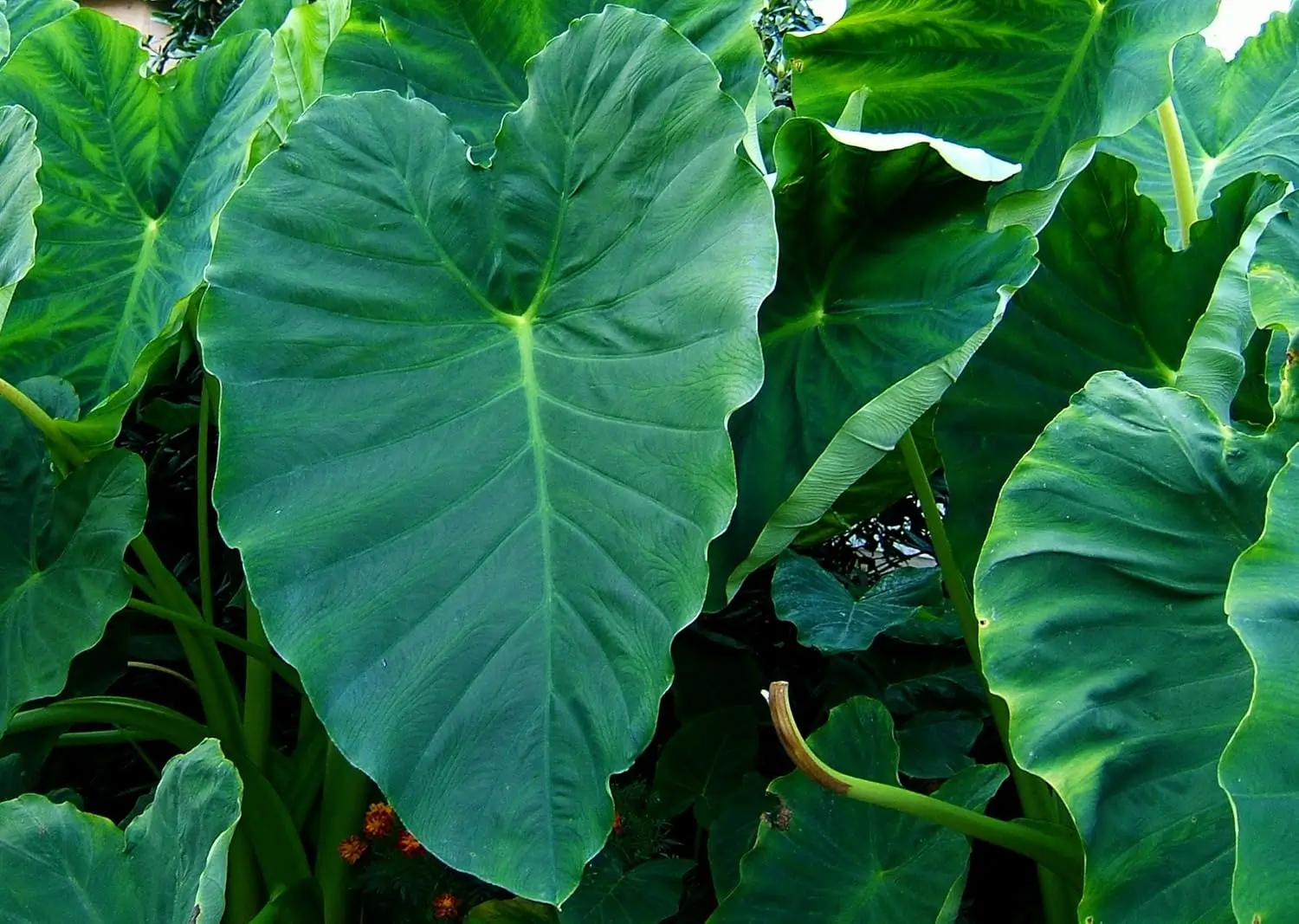

"Have you ever wondered how to grow a tropical plant that thrives in water and sun, bringing both beauty and functionality to your garden?"
Taro, a starchy root vegetable native to Southeast Asia, is as nutritious as it is versatile. With huge heart shaped leaves and tall, large growth, Taro will make a statement in any garden, or home. While it’s known for its edible tubers used in various cuisines, but it also has impressive environmental appeal. If you live in the tropics (or can simulate such an environment), growing Taro can be easy, and a tasty addition to the home garden.
| Botanical Name | Colocasia esculenta |
| Common Name | Taro, Elephant Ear |
| Type | Perennial (typically grown as an annual in temperate climates) |
| Height | 3–6 feet tall |
| Sunlight | Full to partial sun |
| Soil | Moist, well-drained and rich in organic matter |
| Watering needs | High, loves moisture |
| Hardiness Zones | 8–11 |
| Harvest | 8–12 months from planting |

September 25, 2025
9 minute read
September 24, 2025
9 minute read
September 23, 2025
10 minute read
September 22, 2025
9 minute read


Join as a seller and connect with thousands of B2B buyers nationwide!
Sign Up
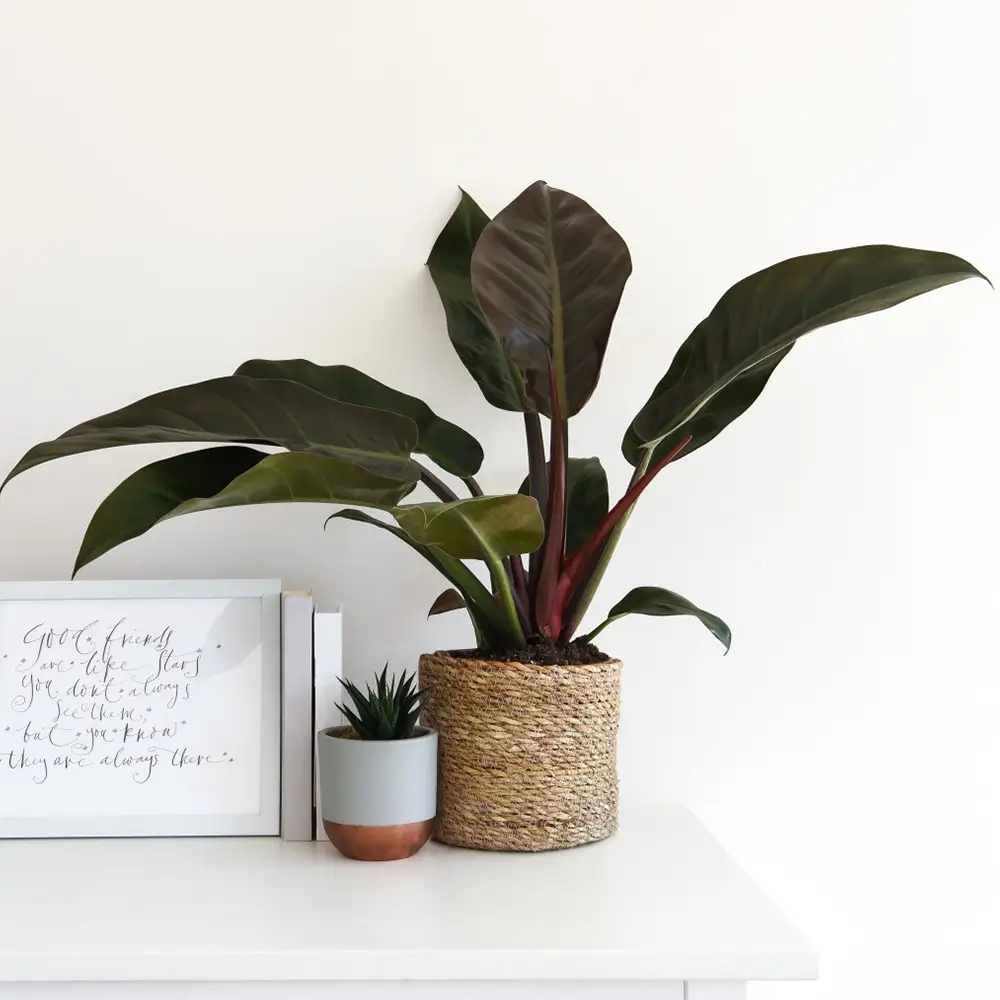
Imperial Red Philodendron
An eye-catching foliage plant that brings a touch of elegance indoors and outdoors
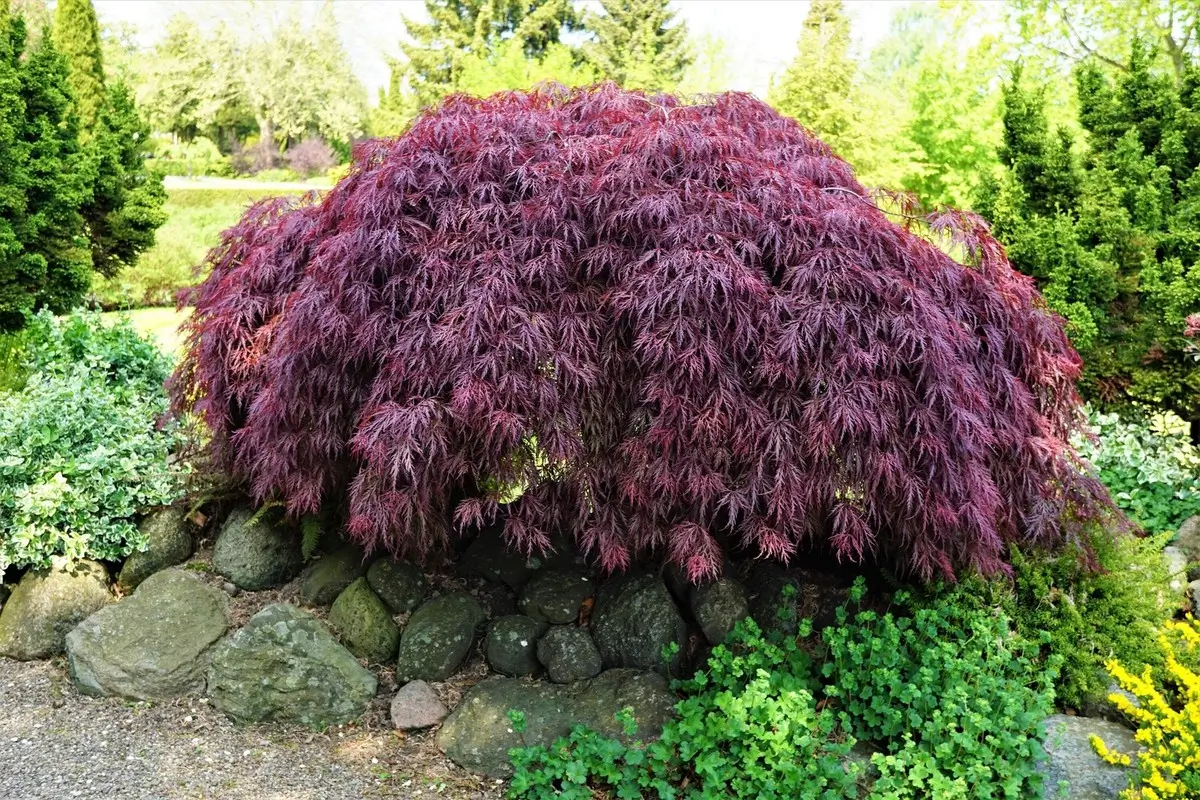
Inaba Shidare Japanese Maple
A beautiful, lovely tree that adds grace to any landscape
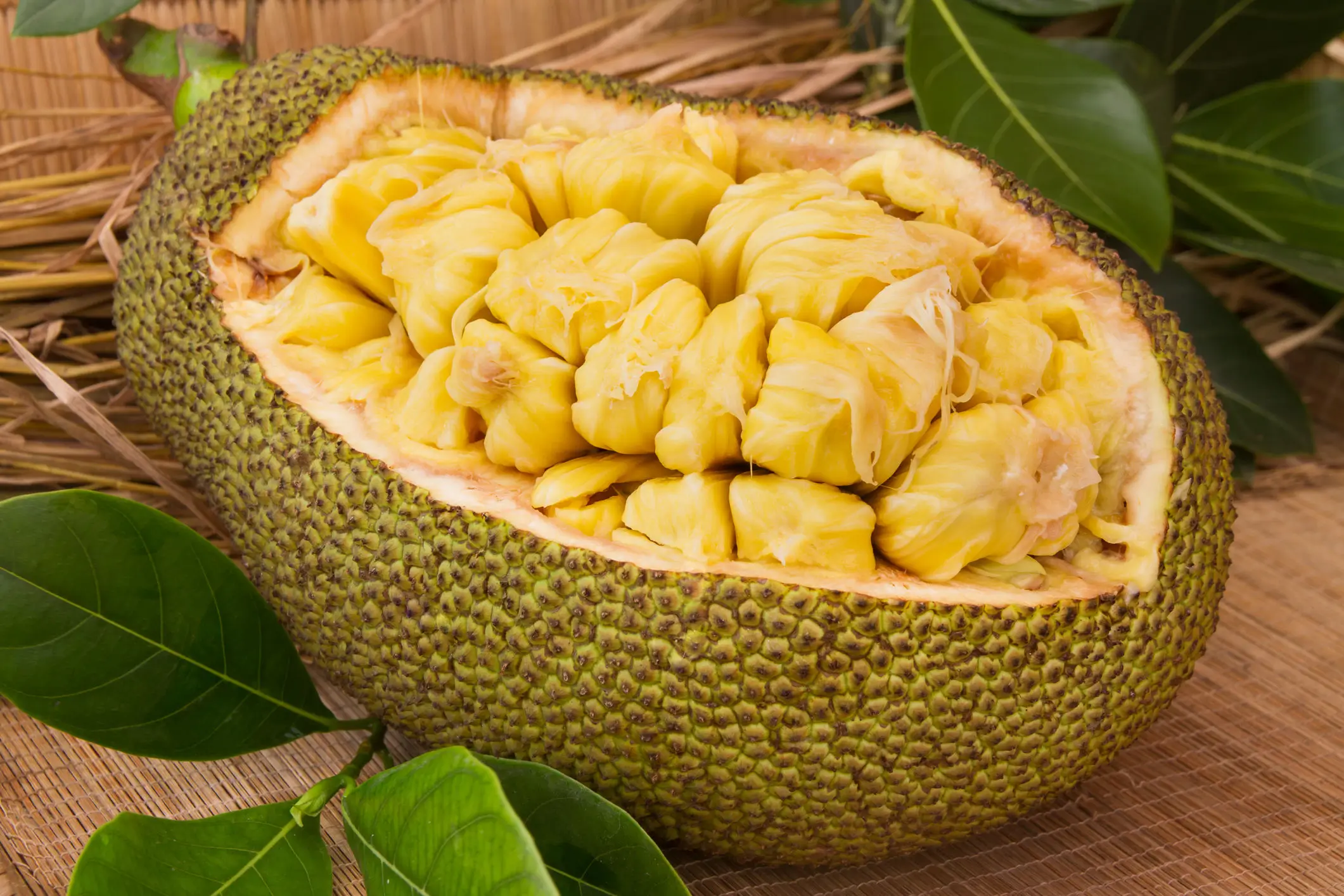
Jackfruit
A fast-growing tropical tree that yields enormous, nutrient-rich fruits with a sweet, exotic flavor
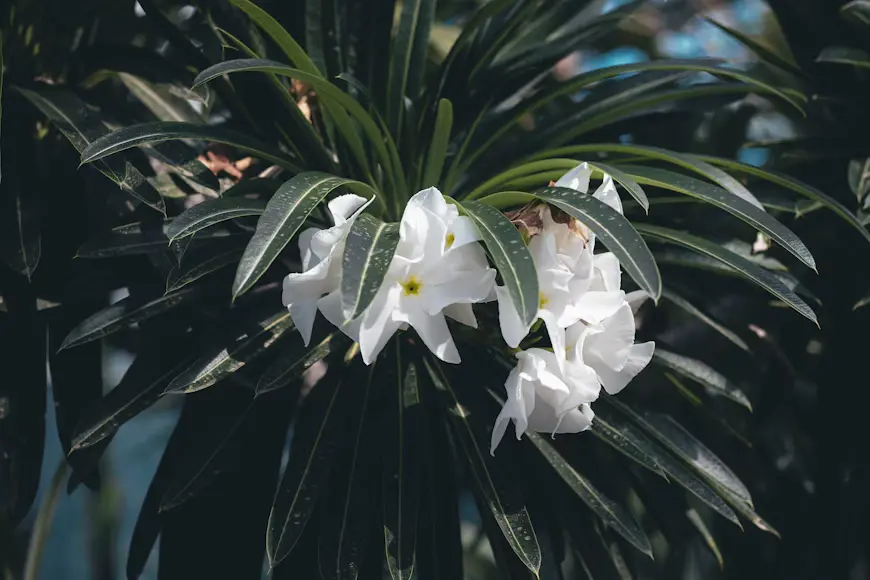
Madagascar Palm
The Madagascar Palm (Pachypodium lamerei) is a plant that has many gardeners wondering just that. Despite its name, it’s not a real palm, it’s a succulent, but it absolutely earns its place as a dramatic showpiece.
Taro is a tropical plant, so they grow best in humid, hot temperatures and rich, wet soil. Although able to handle partial shade, it thrives in full sun and will grow to its full height and produce its maximum yield. Taro prefers rich, well-drained soil that can hold moisture, but not standing water.
In cooler climates, however, Taro usually grows as an annual or it is cultivated in pots to be taken indoors for the winter. Watch the moisture in the soil and water regularly for full growth. Taro also benefits from periodic feeding, especially during the growing season.
Taro enjoys warmth and flourish in partial to full sun 6-8 hours a day. But it can also take some partial shade, particularly in warmer areas where midday sun can be too much. If grown indoors or in a pot, the plant should be placed where it will receive plenty of natural light, or with grow lights. Don't plant in the shade, which produces long, leggy plants and fewer edible tubers.
Taro grows best in rich, wet, well draining soil with plenty of organic material. The best type of soil is loamy or silty with a pH from slightly acidic to neutral (5.5-7.0). Taro does not like dry or packed soil nor is it fond of soil that doesn’t drain well since it can cause root rot. Ensure your planting area has good drainage to prevent waterlogging. Add plenty of compost or well-rotted manure to the soil to ensure vigorous plant growth and a good crop of tubers.
Taro loves moist conditions, so it's essential to keep the soil consistently wet, but not waterlogged.Make sure to water regularly, particularly in hot or dry conditions. If planting in a pot, make sure the pot can drain so that the roots aren't sitting in water.
Try to keep the soil consistently moist during the growing season. As the tubers mature and harvest time approaches, you can slightly reduce watering to prevent overwatering and allow the roots to concentrate their starch.
Pruning Taro isn’t strictly necessary, but it can help the plant focus its energy and grow more efficiently. Here is how to prune right:
Clean cuts: Always use clean, sharp tools to prevent infections.
Taro is typically propagated through tuber division or offsets. You can also use stem cuttings, but it is less common. Here's how to propagate:
Tuber Division:
Offsets:
Growing Taro in containers is a great way to control its environment, especially in cooler climates:
Frost-sensitive, Taro will not tolerate freezing temperatures. If you live in a cooler zone:
Taro is cultivated mainly for its edible tubers and attractive foliage. Although it responds to flowering, there are not the main feature of the plant. The flowers are insignificant and small and are easily overlooked with the showy foliage. But they may attract pollinators such as bees, which can be helpful in cross-pollination. If you’re growing Taro for the tuber, not the flower, concentrate on keeping the plant’s health and its foliage rather than anticipating profuse blooms.
The taro plant is fairly resistant, though it does have a few common problems to look out for:
Aphids: Common on the underside of leaves. Apply insecticidal soap or neem oil for control.
Snails and slugs: Use organic slug bait or remove by hand.
Yellowing leaves: It may be the result of over- or under-watering, lacking nutrients. Ensure proper watering practices and consider fertilizing.
Taro is a beautiful and adaptable plant that can thrive in the right conditions. Whether you grow it for its bold, dramatic foliage or for its edible tubers, it is a rewarding crop. If looked after properly, with the proper humidity and light, the Taro will be more than just a beautiful ornamental, but also a delicious and nutritious part of your diet. So, whether you are planting it in your garden or in a pot, Taro is fun to grow.
No, not at all, raw Taro contains toxins (primarily oxalates) that can cause irritation. Always cook Taro before eating.
Normally, it takes about 8–12 months to reach maturity, depending on climate and growing conditions.
Yes, Taro is suitable for indoor growth in a humid environment with plenty of light. Keep it in a large container and water it regularly to keep it happy indoors.
No, while both are starchy root crops, Taro (Colocasia esculenta) and sweet potato (Ipomoea batatas) are different plants, with different tastes and textures.

Soil Health & Fertilization
Victor Miller

Pest Identification & Prevention
Victor Miller

Lawn Care Tips & Maintenance
Victor Miller

Soil Health & Fertilization
Victor Miller

Smart Irrigation Systems
Victor Miller

Patios, Walkways & Driveways
Victor Miller

Soil Health & Fertilization
Victor Miller

Pest Identification & Prevention
Victor Miller
My Account
Our team is always here to help.
We are open Monday - Friday, 9:00 AM to 4:30 PM PST.